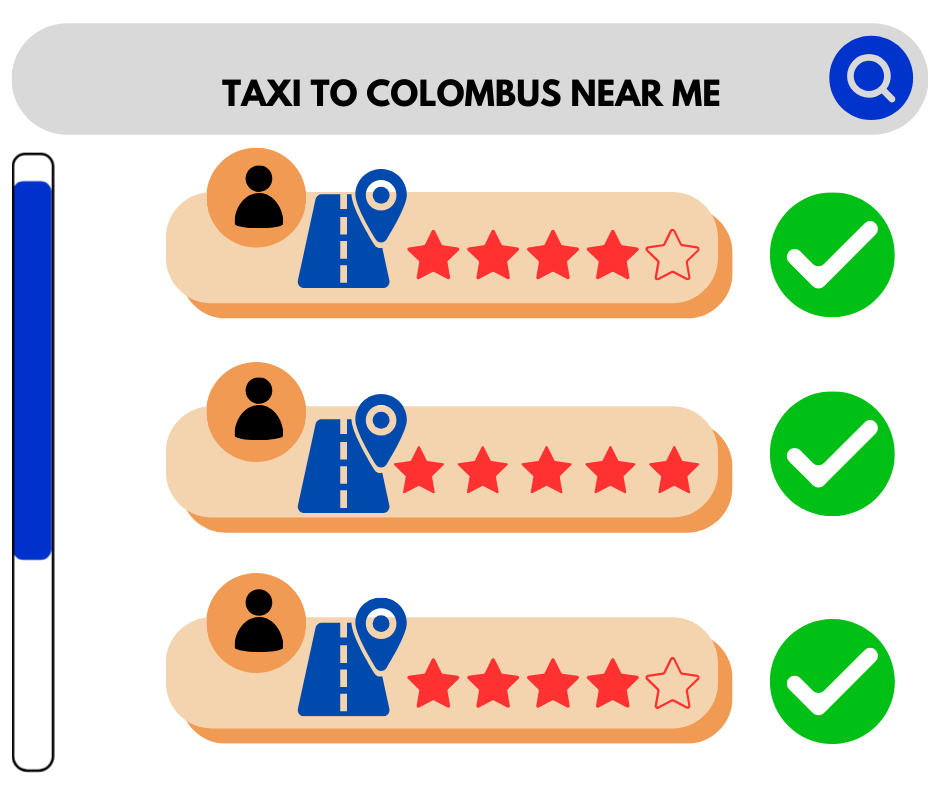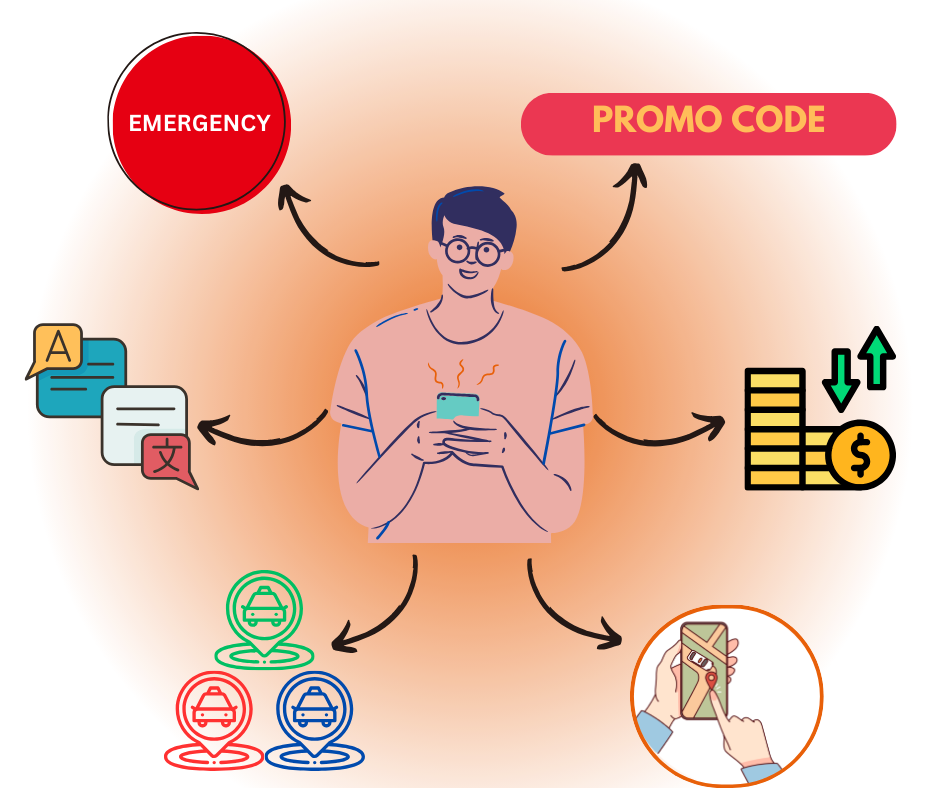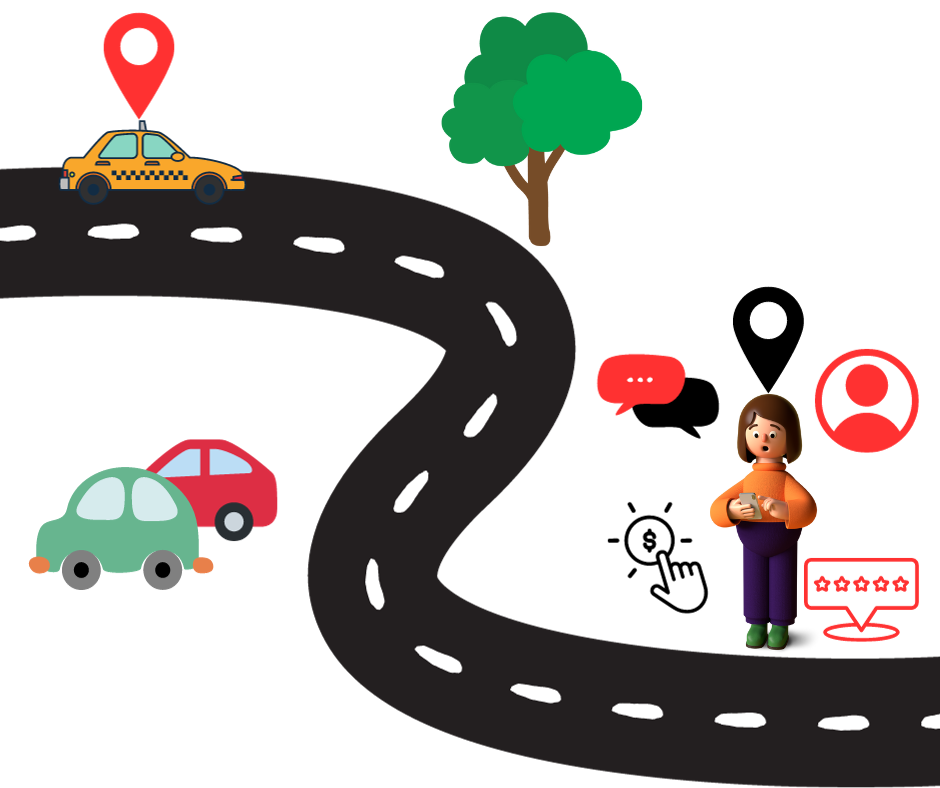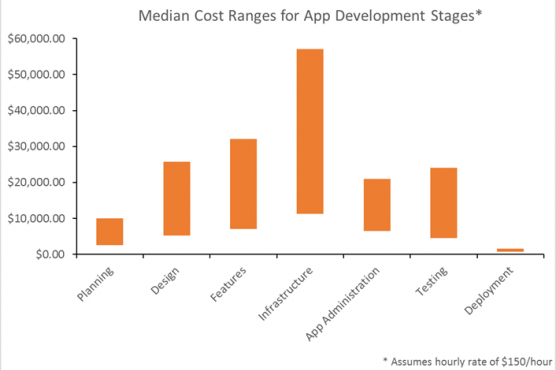Welcome to the access economy. Instead of selling a service or good a business can now be predicated on the idea of consumers’ preference to access services over ownership of them. The idea has fuelled the economy in stagnant sectors and is one of the top business trends among consumers in the millennial generation. The main source of success for businesses entering the access economy has been their use of mobile app integration to facilitate user’s experiences. To get a better idea about the access model let’s look at what Uber does to position itself well for consumers seeking on-demand app development services.
Of all the new services entering the access economy, the most well-known is Uber. Originally launched in 2010, Uber has overtaken the taxi industry worldwide as it threatens to shift the entire ride-sharing app development business model. Rather than waiting for a cab, users can hail an Uber driver for fast and affordable transportation. This has propelled the company’s growth to make it a leader in the ride-sharing industry and a fixture of the access economy. So how can you position your startup to become a company like Uber?
Being the largest privately held tech startup, Uber has many entrepreneurial-minded admirers who would love to develop Uber-like app for their industry. Every mobile app developer has now heard some variation of the question “How can I create Uber for my business?” Putting technical considerations aside, there are particular functional components within Uber that other apps for various industries can imitate. It would behove the reader to know that Uber is two separate apps, one for the driver (service provider) and one for the client (end user) which are then connected via a backend admin portal. The admin portal is the hub of data analytics, which can be used by the business to improve functions and provide client/contractor support. The following features will thus focus on aspects from all angles of the app development.
Location Based Services
One of the main drivers of Uber’s success is its use of a mobile device’s location services and the integration of Google Maps into the application. After opening the app users can see the drivers overlaid on the Google Map and where they are hailing their cab from. They then input their request for a ride which pings nearby drivers. The drivers are then notified to pick up the client in order of proximity to the pickup location.
From a backend perspective, the admin can see the effectiveness of the map in providing the quickest routing. The GPS feature is improved with each subsequent trip in establishing the best region for pickups in a local area and the time spent during service. This feature lets Uber implement “surge pricing” when a particular area has a lot of Uber requests. By timing the pricing model right to coincide with concerts, nights out in the city, or other popular local events, Uber can provide a great profit margin for itself and its drivers.
Location services would form the backbone for any Uber-like app. Whatever industry your company is in, utilizing location services will allow for the quickest connection between customer and client. For a look at another company like Uber that has successfully integrated location services, check out Wash club. This startup has established itself as an up-and-coming laundry service provider for those with neither the time nor desire to spend time at the laundromat. The company uses a similar maps service to arrange for picking up and washing a client’s clothes. Fortunately, all smart mobile devices use location services now so your development efforts in this metric would go a long way toward the success of your Uber-like app.
Real-Time GPS Tracking
Reviews and ratings provide valuable feedback, ensuring service quality and fostering trust among users. This feature is crucial for matching users with nearby drivers and providing accurate arrival times.
Ride Booking
The ride booking feature simplifies user requests and enhances trust by sharing driver information and estimated arrival times. Users can receive information about the driver, including their name, photo, vehicle details, and estimated arrival time.
Pricing and Fare Estimation
Pricing and fare estimation offer transparency and predictability, allowing users to view estimated costs before confirming a ride.
Geofencing
Geofencing defines service boundaries and designated locations, restrict certain locations, or create designated pick-up/drop-off points, improving safety and service efficiency.
Push Notifications and SMS
The app needs to have a way of alerting the user and service provider through notifications so they can continue to use their mobile device as normal while requesting services from the app. Any app without this feature is poorly positioned in the marketplace. Customers today want to be able to text, make calls, or browse social media while waiting for their Uber to arrive at the curb.
Push notifications help the driver too by allowing them to focus on the one thing that matters, the road in front of them. Thus, this feature also acts as a safety precaution for contractors with Uber. These notifications also encourage drivers to remain on the road by creating incentives to stay “on the clock.” Uber will send alerts that inform drivers of their mileage to keep them available for the maximum number of clients.
From a backend perspective, the administrators can customize the Uber-like app to find the most effective push notifications. The admin portal will show which notifications have the highest response rate and developers can focus on integrating those more into the user experience.
Payment Integration
Payment should be done within the app with a secure system for storing the user’s payment method. From there users should easily be able to pay for the service (including tips) without using cash. Additionally, the user and contractor should receive an estimation beforehand of the cost of the service. Uber successfully gives estimates before each ride by estimating the cost of a base fare combined with the cost per mile for each individual ride. The more rides a user takes, the more accurate the estimation becomes and the higher the chance of retaining users.
Uber uses Braintree for a secure method of the transaction between contractor and client. This service allows a user and service provider to upload a default form of payment and receiver of payment respectively. Any developer seeking to create the app would find using a third-party app beneficial to spend more time on the front end of app development.
For the admin, the payment integration automates the service to remove the burden from development. The admin can then focus on alternative methods of growing the user base and marketing to increase sales. Using this model, Uber can take 25% of the cost per ride a contractor provides and keep driver content on the road.
Social Media Integration / Profile Creation
Every user of the app, whether client or contractor, will need an account to use the app’s services. They can either connect with their social media account with the understanding that it will only be used for data analytics, or provide an email address to create an individual account for the app. The profile feature makes it easier for users to connect with service providers while using the app. It also offers two advantages for other similar metrics, user reviews, and user history.
Review System
Putting a face to user and service provider facilitates a better connection between two strangers. This feature will allow users to rate their experience with the service and also for contractors to receive credibility for the service they provide. Users will then be able to see other clients’ experiences with the service and the best service providers will become the most successful, creating a meritocracy within the app.
Reviews and Ratings
Reviews and ratings feature allow users to rate drivers and leave reviews after each ride. These ratings and reviews help maintain service quality and build trust among users.

Driver Background Checks
This Uber-like app implements a thorough background check and verification process for drivers, including criminal background checks and vehicle inspections.
Driver Scheduling
Driver scheduling feature offers flexibility by allowing drivers to set their availability, ensuring a responsive service.
Other Benefits of Uber-like App
Surge Pricing
Surge pricing feature adjusts fares during peak demand, optimizing earnings for drivers and managing supply during busy periods.
Emergency Button
The emergency button in Uber-like apps offers a quick way to alert authorities or contacts during ride-related emergencies, prioritizing passenger safety.
Multiple Vehicle Options
This feature offers various vehicle types and categories to cater to different user preferences and needs (e.g., economy, premium, SUV).
Referral and Promo Codes
Referral and promo codes allow users to refer friends and family, earning discounts or credits for successful referrals.
Multilingual Support
Multilingual support accommodates users from different language backgrounds, promoting inclusivity and user satisfaction.
Accessibility Features
Accessibility features, including screen reader support and voice commands, ensure the app is usable by individuals with disabilities, enhancing accessibility.

What Uber-like apps are already in the market?
In addition to Uber, apps in similar industries have also become popular with this new business model. UberEats, functioning as a subsidiary of the parent company, has been successful in reimagining food delivery services. Airbnb focuses on traveling and lodging with a similar online interaction between client and contractor. Lastly, Postmates has emerged as a competitor within logistics to traditional courier services like FedEx and UPS. The next breakthrough may be within your industry so it would be beneficial to learn what features can be applied linearly to all industries making their services more accessible. With these lessons, you can position your startup well in the access economy and create the next company like Uber.
Contact Sunflower Lab today and receive a quote for developing your Uber-Like App.
Related Posts
Nothing found.
Let’s talk!
We’d love to hear what you are working on. Drop us a note here andwe’ll get back to you within 24 hours
You might also like
Stay ahead in tech with Sunflower Lab’s curated blogs, sorted by technology type. From AI to Digital Products, explore cutting-edge developments in our insightful, categorized collection. Dive in and stay informed about the ever-evolving digital landscape with Sunflower Lab.




